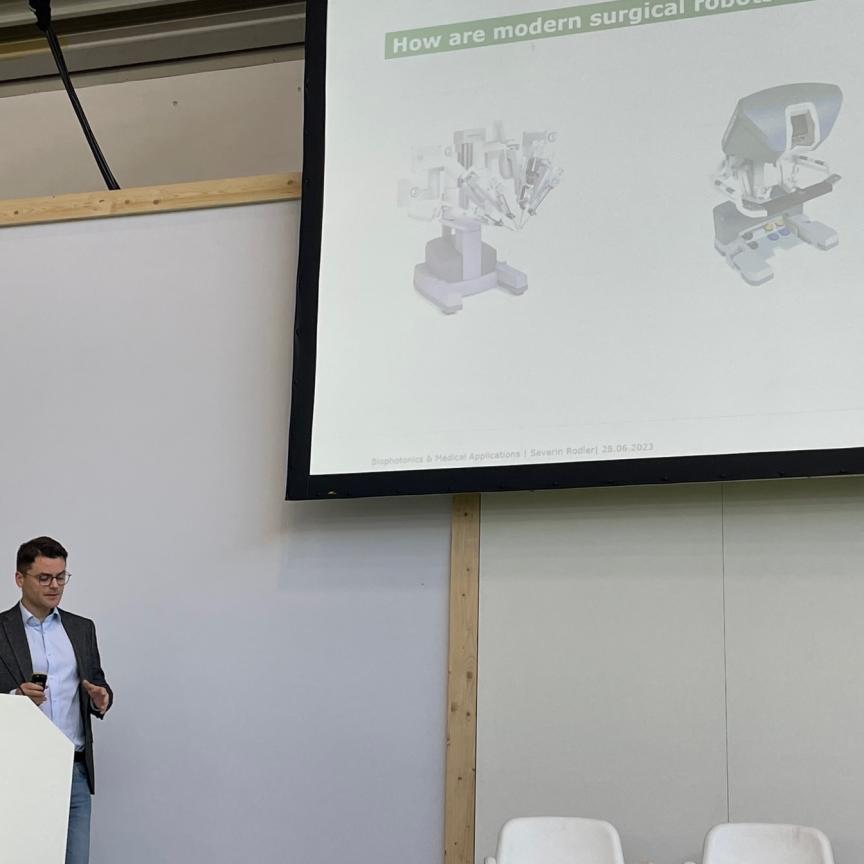A Lawrence Livermore National Laboratory engineer has been awarded $570,000 through the US Department of Energy SunShot Initiative to explore spectral imaging as a means of detecting moisture buildup in solar photovoltaic (PV) cells.
Over the next two years, Mihail Bora, a Materials Engineering Division (MED) research team member at Lawrence Livermore, will try to prove that spectral imaging can be used to evaluate the moisture content of PV modules and to create two-dimensional maps and models of water concentration. Bora will then use these results as a screening tool to help protect the modules from water damage. Water ingress can cause corrosion of metal parts, delamination and decrease the efficiency of solar cells.
‘Our goal is to measure water content without destroying the photovoltaic modules and to remove uncertainty on how reliable the modules are over their long expected lifetimes,’ Bora said. ‘Reliability plays a tremendously important role in making solar competitive with other non-renewable energy sources, because it allows project managers to more efficiently use its funds and may lead to a decrease in financing costs.’
The SunShot Initiative is a US effort to make solar energy fully cost-competitive with traditional energy sources before the end of the decade.
Spectral imaging is gaining ground in applications as diverse as agriculture and environmental studies to use by the military. The technology is now small enough to be installed on unmanned aerial vehicles for airborne studies.
Related articles:
Drones gain spectral sight – In an area where size matters, hyperspectral imaging is cracking the unmanned aerial vehicle market due to the development of small size, low power systems, as Tom Eddershaw discovers
Further information:

